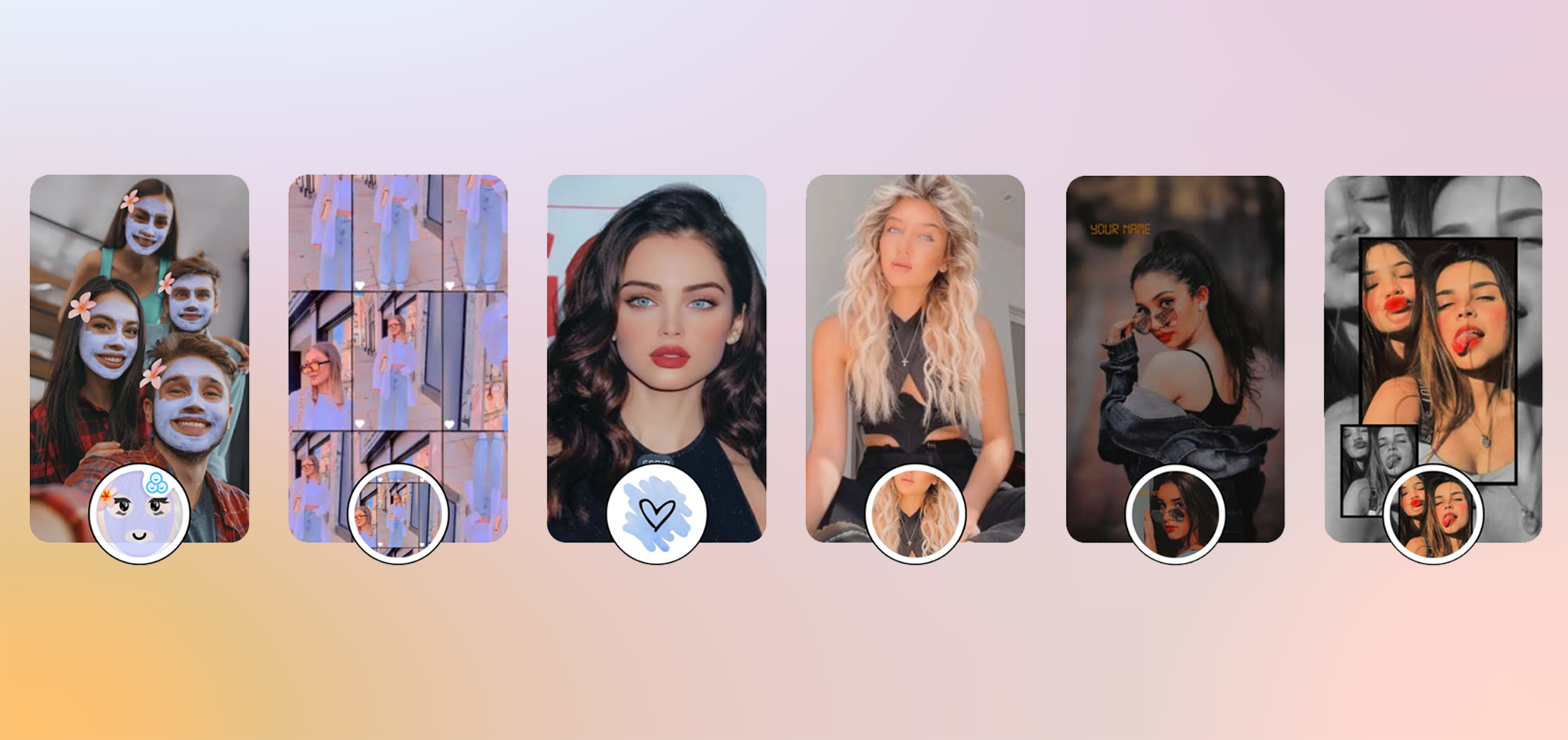Want your brand to stay relevant on social—without looking like you’re trying too hard? One of the most effective tactics to avoid becoming a cringe meme while actually staying relevant with your audience, is to remain aware of new developments, updated software, and state-of-the-art tools. Beyond helping you stay in the know with ongoing trends, it’ll also boost your online presence. And the latest trend sweeping social media is an embrace of augmented reality (AR).
This forward-thinking technology creates an immersive, unique, and sometimes emotional experience for your community. It also has the ability to increase brand recognition and drive awareness, sometimes even leading to an increase in sales. From the jump, AR might sound like a trend-driven social media stunt, but it can actually be a very effective part of your digital marketing strategy.
What is Augmented Reality?
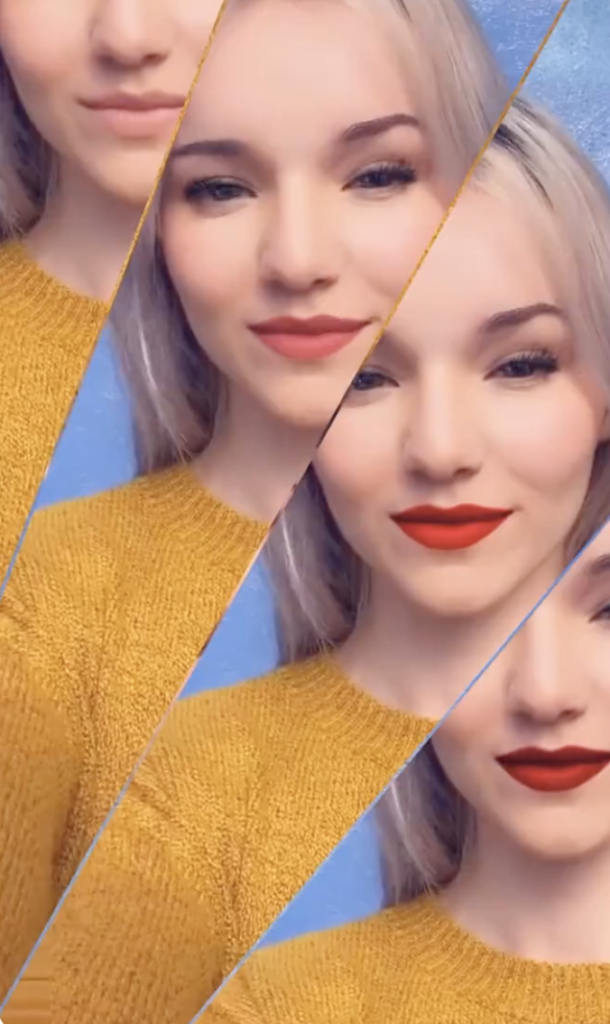
Augmented reality (AR) straddles the physical and virtual worlds by providing an enhanced version of reality. In simpler terms, AR involves a computer-generated image that appears on or within a phone screen, somewhat altering what the user would usually see. This could be anything from trying on a lipstick color to creating a little old man dressed in a red onesie who dances beside you (BTW, that TikTok phenom actually goes by Horace).
Unlike virtual reality, which creates a totally virtual world within a headset, AR serves as a digital layer on the environment the user is currently in.
The History of Augmented Reality & Marketing
AR technology was invented in 1968 at Harvard by Ivan Sutherland, a computer scientist, and is much different from the version we’re now used to. But the very first case of AR being used commercially—and for marketing purposes—was by Mini back in 2008. The car company created print ads that, when held in front of a computer camera, simultaneously appeared on the computer screen. There were markers on the physical photo that linked up to the digital version, allowing users to control the car on the screen and “drive” it, so to speak. This kicked off a trend of brands playing with the idea of using a computer or a phone screen beyond its usual capabilities.
Yelp launched a little-known app called Monocle in 2009 that displayed info on local businesses in your vicinity. While the app was short-lived, it went down in fame as the very first AR app for the iPhone. In 2011, Disney turned a large digital billboard above their store in Times Square into an interactive experience, where Mickey and Minnie Mouse engaged with guests as they passed by. That also included a dance-off with Donald Duck and a duel with Captain Hook, making a visit to the Disney Store a truly magical experience.
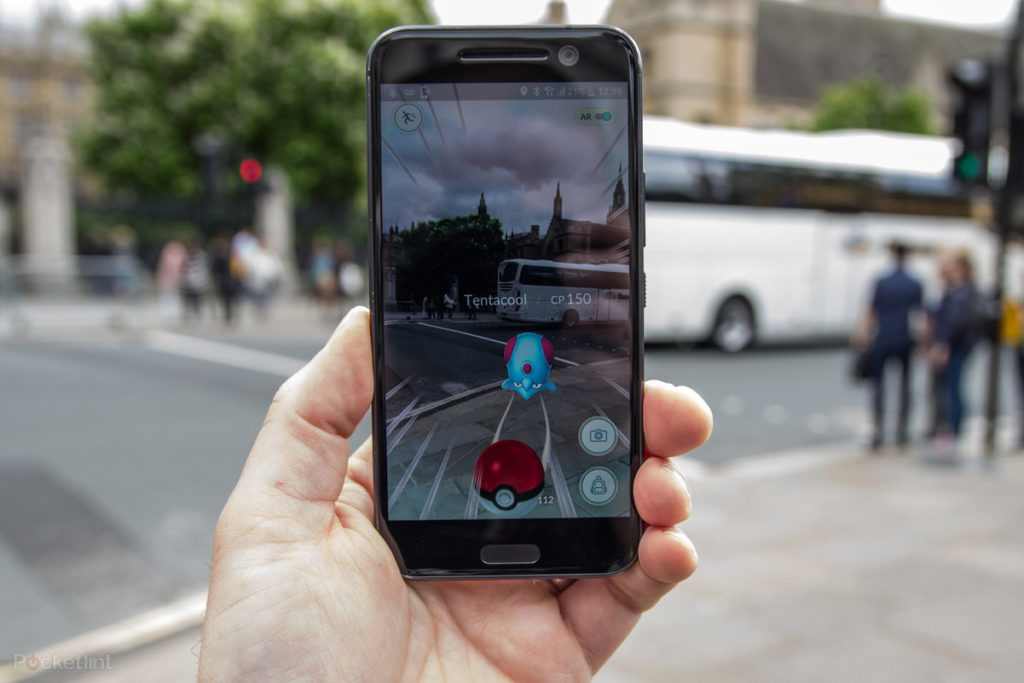
And who could forget the craze of Pokémon Go in 2016, which at its peak had over 250 million users per month running around in public trying to capture Pikachu with their phones (via Poké Balls, of course). As technology has expanded and consumers become more reliant on their phones, AR has only become more widespread—and it’s more prevalent than you might realize. AR is used by Google Translate when you hold up your phone to translate text in another language, and it’s the tech used to create all your favorite face-altering filters on Instagram, Snapchat and TikTok. According to Snap, 70 million users play with AR lenses on their app each day, spending on average three minutes on the feature.
Augmented Reality and Social Media
As the lines between the digital and the real world are being blurred, AR is emerging as a viable future for social media marketing that meets consumers where they are. While the technology might sound overwhelming, it’s actually relatively easy to integrate into your business’s social media marketing strategy. Just like any other portion of your social media strategy, you should determine what KPI AR will serve for you. Whether your goal is sales or increasing brand awareness, this trending technology offers enough creative room to shape a fresh and unique form of advertising to stand out in the minds of consumers.
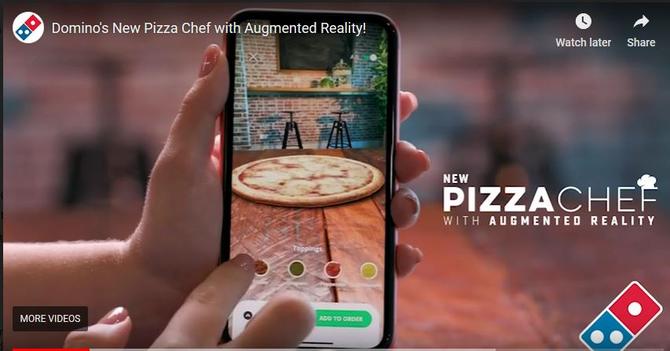
For example, as part of a 2018 Domino campaign, the pizza chain made it possible to order pepperoni pies (or whatever toppings and bases customers want) using Snapchat’s Shoppable AR lens. It was obviously a fun and interactive experience for users, but it wasn’t all gimmicks. The AR linked users to a menu, had details on deals, and even showed tracking info for the incoming pizza, making it a functional and educational tool as well.
AR is also highly effective at allowing consumers to test out a product they otherwise might not have encountered. That explains why L’Oréal acquired AR and AI firm ModiFace in 2018 and aligned with Facebook via a long-term partnership to launch virtual makeup try-ons from a variety of their brands, including the likes of Yves Saint Laurent, Urban Decay, Maybelline, L’Oréal Paris and Giorgio Armani.
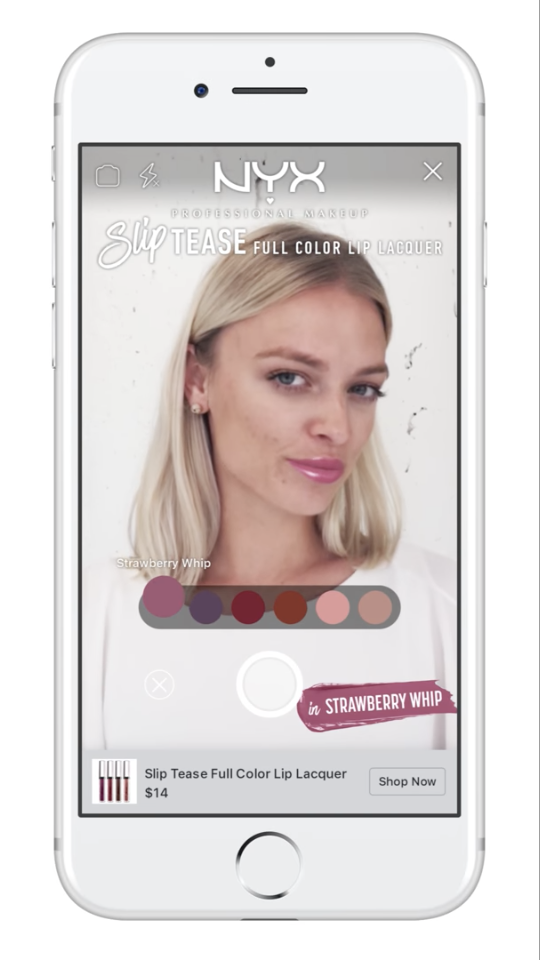
Two years later, the beauty giant launched a line of virtual makeup called “Signature Faces,” which was not an actual range of mascaras or lipsticks but instead a handful of filters on Instagram, Snapchat and Google Duo. The filters were also available on Snap Camera, which allowed the virtual makeup to be used on Google Hangouts, Google Meet, Zoom, Twitch and more—perfect for Friday night lockdown video calls (we all remember those) and trying on new makeup looks for free before deciding to shop for the real thing.
Naturally, AR’s expansion has allowed immersive live events to take place within the walls of people’s homes. In 2020, Dell Technologies Immersive Portal launched, creating a 360-degree cinema-like experience for an experiential room that was supposed to take place at an international conference. That might not sound all that thrilling, but it brought a life-like experience to an event that could no longer be in person due to Covid.
If you’re looking for a standout way to immerse your customers in your brand, using AR in social media marketing is a fantastic way to make a splash. With accessibility that can reach customers in every corner of the globe, this tool can introduce a new audience to your business or your product in a way that goes beyond traditional advertising. Giving potential consumers the ability to test out your product or experience before purchasing can also offer them a new touchpoint that hasn’t existed previously—and will help manage their expectations when they get their hands on your actual product or attend your IRL experiences.
